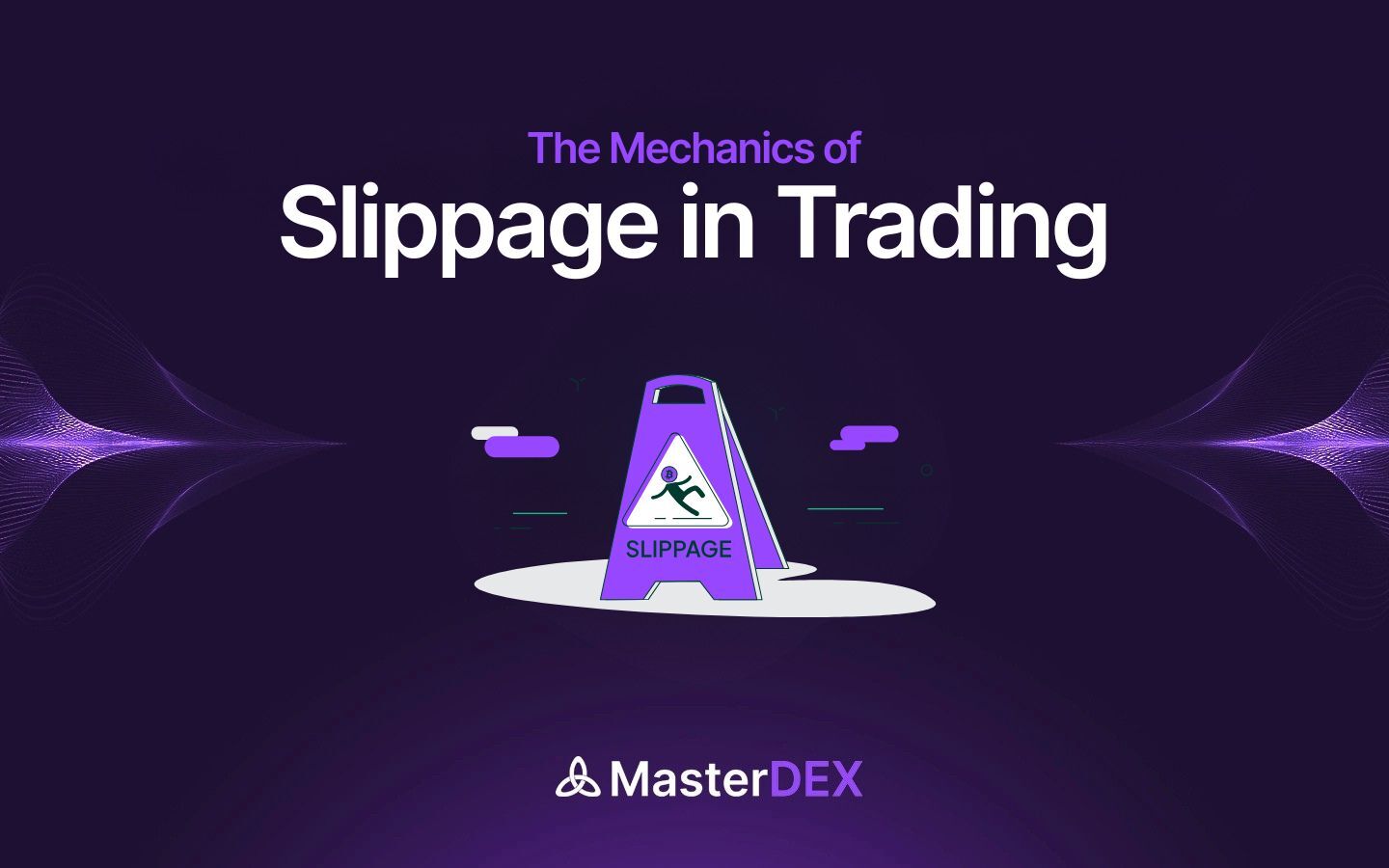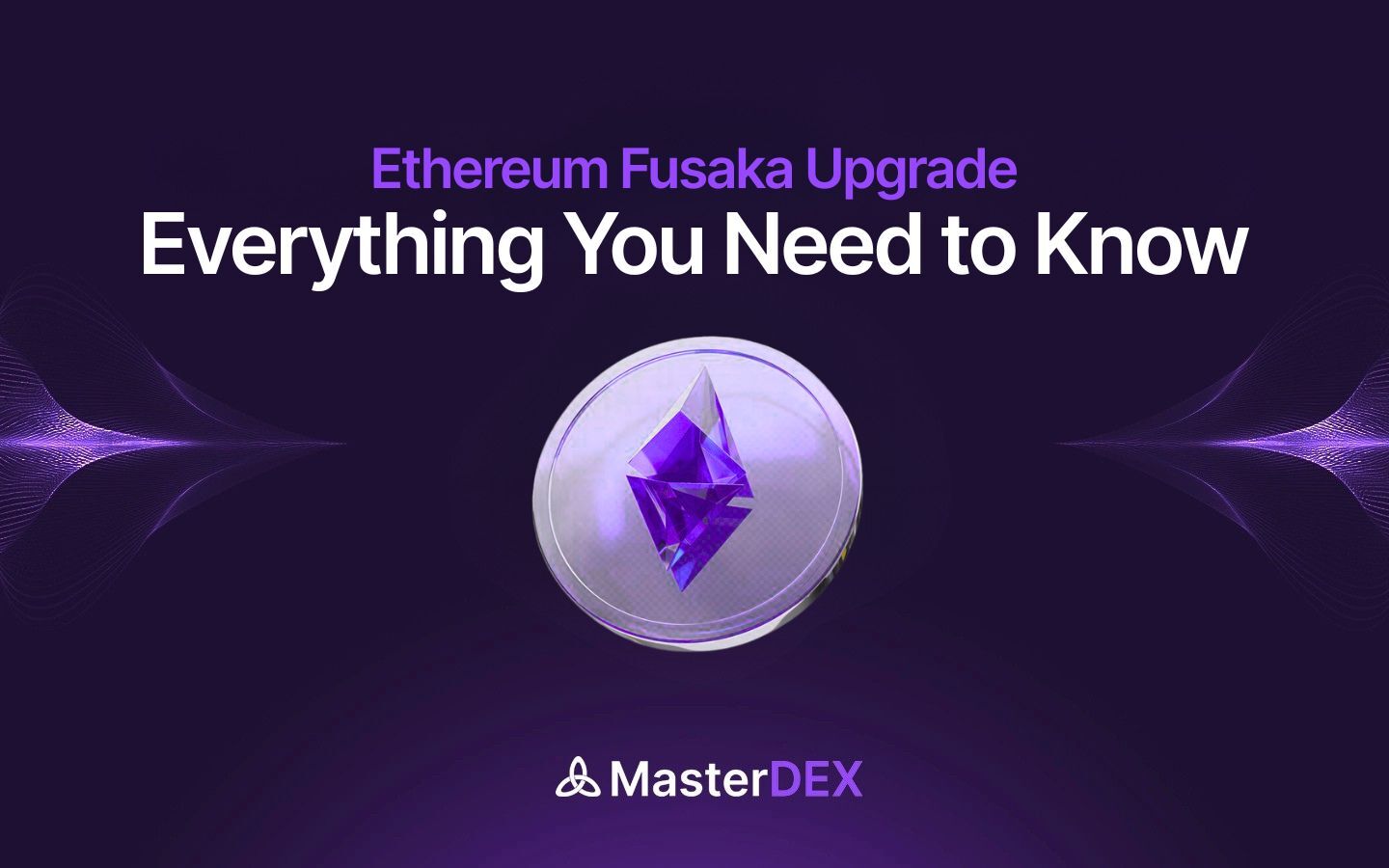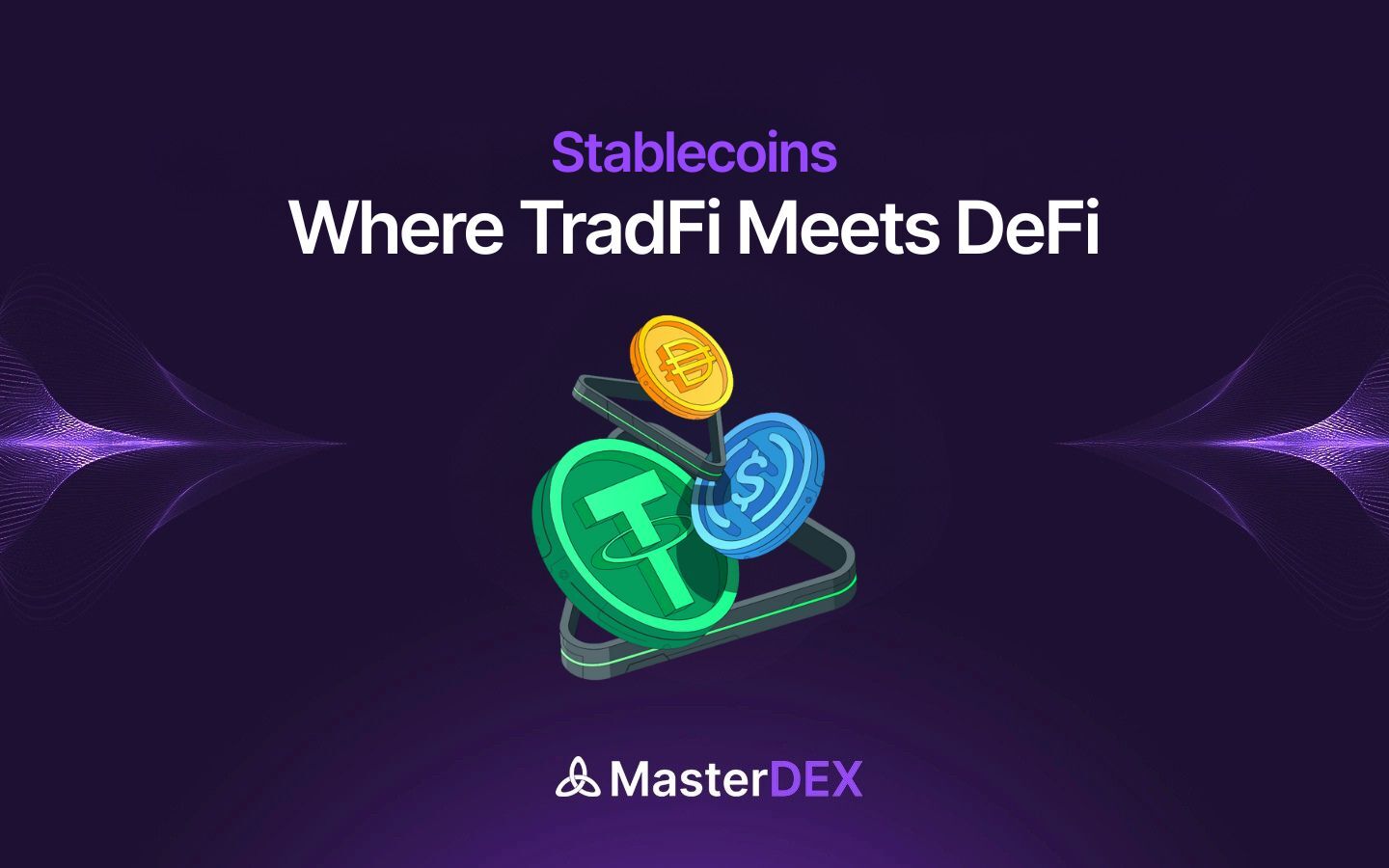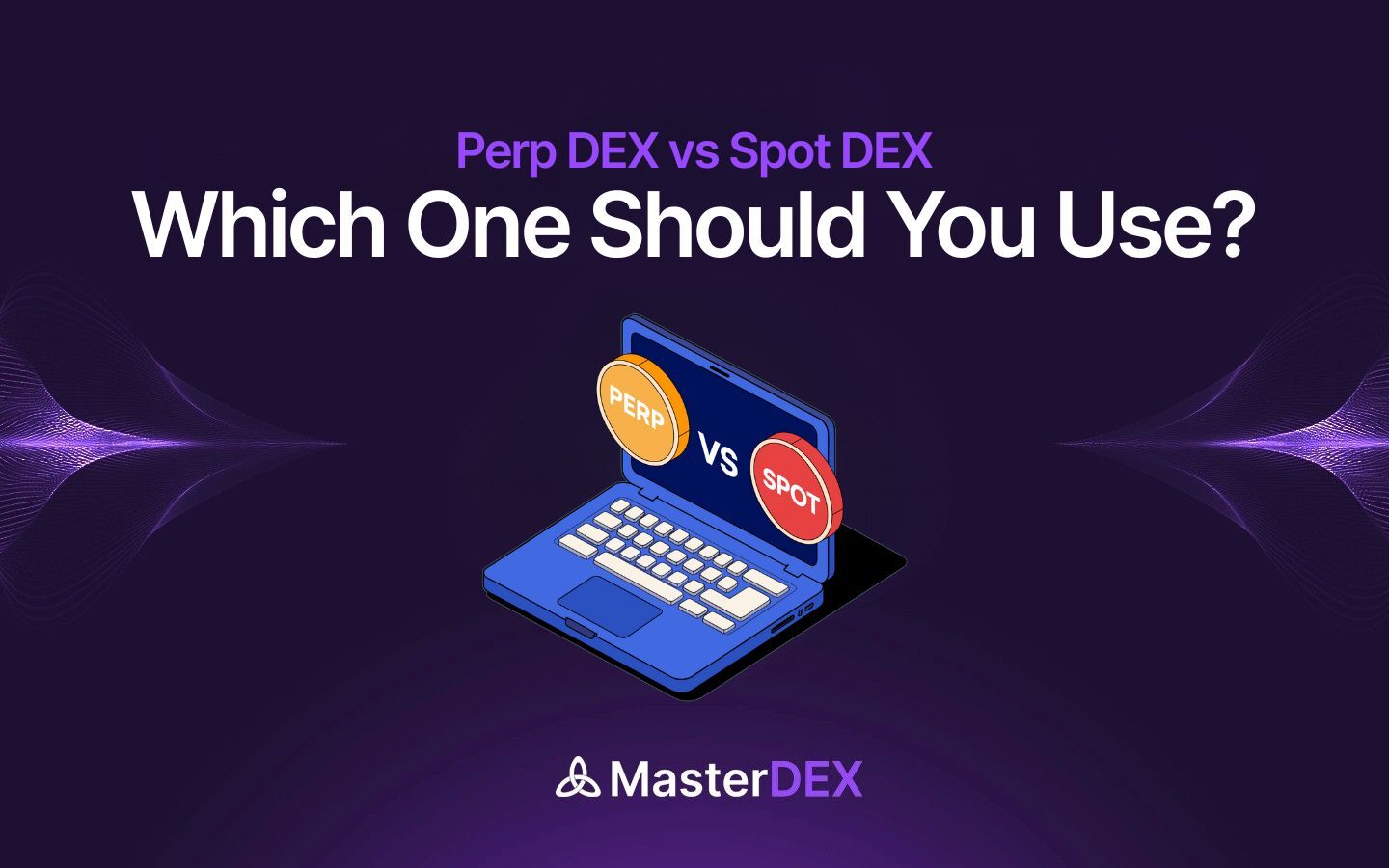Table of Contents:
ToggleIntroduction
In the fast-paced world of crypto and traditional finance, slippage is a term that every trader encounters sooner or later. But what exactly is it, and why does it matter so much?
At its core, this refers to the difference between the expected price of a trade and the actual price at which the trade is executed. It’s a subtle but crucial factor that can significantly impact profits, especially in markets that are highly volatile, like cryptocurrency.
Imagine you want to buy 1 ETH at $1,800. By the time your order goes through, the price has shifted to $1,805. That $5 difference is slippage. While it might seem small in single trades, when trading large volumes or multiple times a day, slippage can add up, eroding gains or amplifying losses.
Slippage is not inherently negative. Sometimes, traders experience positive slippage, where they get a better price than expected. However, negative slippage, getting a worse price than intended, is often what concerns traders the most.
In crypto markets, slippage is particularly relevant due to the high volatility and varying liquidity across exchanges. Understanding slippage is not just about preventing losses; it’s about optimizing trades, timing strategies, and choosing the right platforms, such as DEX aggregators like MasterDEX, which can minimize this through intelligent routing and access to multiple liquidity sources.
In this blog, we’ll break down the concept of slippage in depth: the different types, what causes it, practical strategies to minimize it, and its future in crypto trading. By the end, you’ll have a solid understanding of how slippage affects your trades and how to navigate it like a pro.
Types of Slippage
Slippage isn’t a one-size-fits-all phenomenon. In trading, it generally falls into two categories: positive and negative. Understanding both is key to mastering trade execution.
Negative Slippage
This occurs when the trade executes at a worse price than expected. This is the most common form that worries traders, especially in volatile markets.
Example:
You place a market order to buy 1 BTC at $30,000, but due to rapid price movement, your order fills at $30,200. That $200 difference is negative slippage. In high-volume trades or low-liquidity markets, negative slippage can accumulate quickly, impacting profitability.
Why it happens:
- Market volatility: Sudden price swings between order placement and execution.
- Low liquidity: Large orders can “eat through” the order book, causing the price to move.
- Timing delays: Execution delays due to network congestion, especially on blockchain networks like Ethereum.
Positive Slippage
This is the opposite. It occurs when a trade executes at a better price than expected. While less common, it’s a delightful surprise for traders.
Example:
You place a market order to sell 10 ETH at $1,800 each. Due to price movement or deep liquidity, your order executes at $1,815 per ETH. You just gained an extra $150 thanks to positive slippage.
Real-World Crypto Example
In decentralized exchanges (DEXs), slippage is often more pronounced than in centralized exchanges (CEXs). For example:
- Low-liquidity token swaps may result in large negative slippage for sizable trades.
- Using a DEX aggregator like MasterDEX, however, helps reduce slippage by splitting trades across multiple liquidity pools, sometimes even turning potential negative slippage into positive slippage.
Factors Causing Slippage
1. Market Volatility
Rapid price swings are a primary driver of slippage. In highly volatile markets like crypto, prices can shift between placing an order and its execution, causing trades to fill at higher or lower prices than expected.
2. Liquidity Levels
Liquidity determines how easily an asset can be bought or sold without moving the price. Low-liquidity tokens or markets with thin order books often see larger slippage because large orders “eat through” available supply, pushing the price away from the expected value.
3. Order Size vs. Market Depth
The size of your trade relative to available orders significantly impacts slippage. Large trades in shallow markets are more likely to move the price, resulting in negative slippage. Splitting orders into smaller portions can reduce this effect.
4. Execution Delays and Network Congestion
Blockchain congestion or slow confirmation times can cause orders to be executed later than intended, during which prices may move unfavorably. Centralized exchanges also face slippage risks when rapid market movements outpace order execution.
5. Exchange Mechanics and AMM Formulas
Different exchanges handle trades differently. Centralized exchanges use order books, where slippage can occur during rapid price changes. Decentralized exchanges (DEXs) use automated market makers (AMMs) with pricing formulas, which inherently create slippage, especially in low-liquidity pools.
6. Slippage Tolerance Settings
In DEXs, traders often set slippage tolerance, the maximum acceptable price deviation for a trade. If the tolerance is set too low, trades may fail; if too high, you risk executing at a worse price than intended. Poorly set tolerance can directly influence trade outcomes.
7. External Market Factors
Sudden news events, whale trades, or coordinated market movements can create unexpected price swings, contributing to slippage. Crypto markets are particularly sensitive to these external shocks due to their high volatility and lower overall liquidity compared to traditional markets.
How to Minimize Slippage in Crypto Trading?
Use Limit Orders
One of the most effective ways to control slippage is by using limit orders instead of market orders. With a limit order, you set the exact price at which you want to buy or sell an asset. This ensures that your trade will not execute at an unfavorable price, protecting you from negative slippage. While limit orders may not always execute immediately, they provide greater control and predictability in volatile markets.
Trade During High Liquidity Periods
Timing your trades during periods of high liquidity can significantly reduce slippage. High liquidity means there are plenty of buyers and sellers at various price levels, allowing your order to be filled without drastically moving the market. Typically, major trading hours for large-cap cryptocurrencies like BTC or ETH see lower slippage compared to low-liquidity altcoins or off-peak hours.
Split Large Orders into Smaller Trades
Executing a single large order in a shallow market can create substantial slippage. By splitting large trades into smaller portions and executing them gradually, traders can avoid moving the market too much and achieve better average execution prices. This strategy is especially important when trading low-liquidity tokens or performing high-volume trades.
Leverage DEX Aggregators
Platforms like MasterDEX help minimize slippage by aggregating liquidity across multiple decentralized exchanges and routing trades intelligently. By splitting trades across multiple pools and finding the most efficient swap paths, DEX aggregators reduce price impact and often secure better execution prices than single DEX swaps. Some aggregators can even turn potential negative into positive slippage, optimizing overall trade efficiency.
Adjust Tolerance Carefully
In decentralized exchanges, traders can set slippage tolerance, the maximum allowable price change during execution. Setting it too low may cause orders to fail, while setting it too high exposes you to negative slippage. Finding the right balance based on market conditions, token liquidity, and trade size is essential for effective slippage management.
The Future of Slippage Management
The future of slippage management in crypto trading is closely tied to technological advancements and smarter trading tools. AI-powered trading algorithms are increasingly being used to predict market movements and optimize trade execution, reducing the likelihood of negative slippage. Platforms like MasterDEX are leading the way by offering multi-chain liquidity aggregation and intelligent routing, ensuring trades execute at the best possible price across multiple pools. Layer-2 solutions and faster blockchain networks will further minimize execution delays, while automated monitoring tools can dynamically adjust tolerance based on market conditions. As the DeFi ecosystem grows, traders will have access to more sophisticated tools and data-driven strategies, making it easier to manage and potentially turning it into an advantage rather than a risk.



